Best full-frame mirrorless camera 2021: top models from Sony, Canon, Nikon and Panasonic
Looking for the best full-frame mirrorless camera you can buy right now? What was once a simple task now requires some consideration, because there are many models in what was once a pretty niche market.
Full-frame cameras are renowned for their large sensors, and the superior image quality – particularly for those shot at high ISOs – that usually results. Traditionally, full-frame sensors were found only in the heftier shells of DSLR cameras, until Sony launched the first mirrorless full-frame model, the Alpha A7, back in 2013.
Only in 2018 did the big players decide to enter the fray, as Canon, Nikon and Panasonic all announced mirrorless cameras with full-frame sensors. Now buyers are spoilt for choice when it comes to both bodies and lenses. Which is good news, because mirrorless full-frame cameras combine the fabled quality of those larger sensors with the advanced shooting features associated with modern mirrorless cameras.
So, which full-framer is the best? At the moment, we reckon the Sony Alpha A7 III (the successor to the model that started it all) is the best full-frame mirrorless camera you can buy. Despite being part of the so-called 'basic range', it's anything but basic, offering features to rival most competitors. And it’s relatively affordable, too.
Then again, with such a growing crop of capable cameras to choose from, there’s every chance you’ll find something more suitable for your shooting preferences in the list below. The Canon EOS RP, for example, is a great all-rounder at a sensible price, while the Canon EOS R5 is a trailblazing, if pricey, all-rounder that's changing the game again.
Still, right now, here are the best full-frame mirrorless cameras you can buy.
Best full-frame mirrorless cameras 2021 at a glance:
- Sony A7 III
- Canon EOS R5
- Nikon Z6 II
- Sony A7S III
- Sony A7R IV
- Panasonic Lumix S5
- Canon EOS RP
- Panasonic Lumix S1
- Canon EOS R6
- Nikon Z5

Best full-frame mirrorless cameras in 2021:
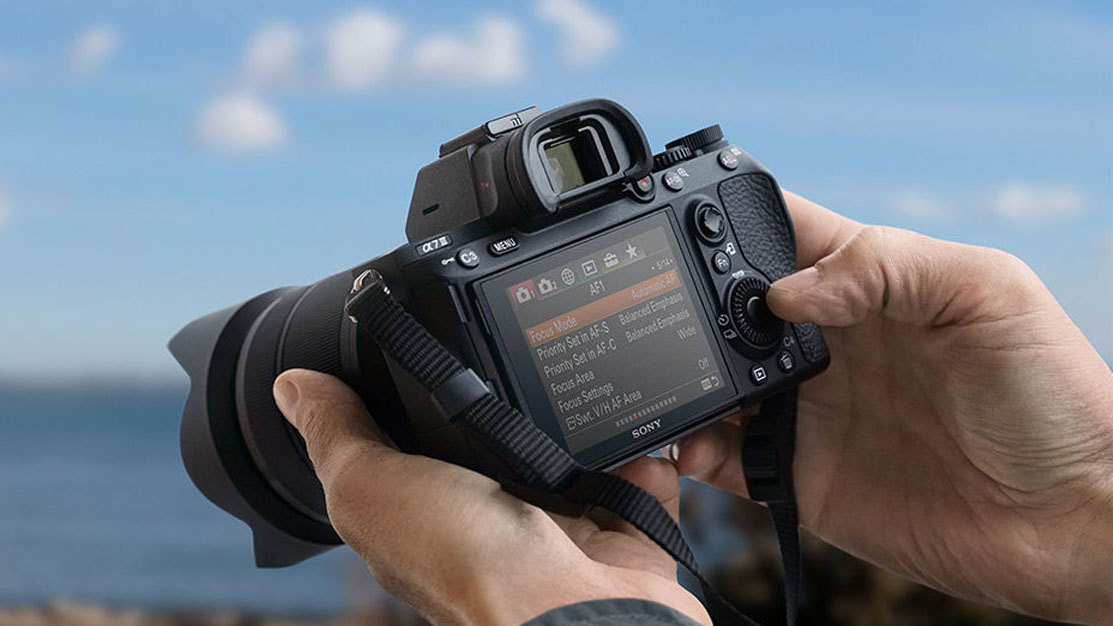
Although it may not be the newest camera on this list – far from it – the Sony A7 III remains very much the "Goldilocks" option right now. It offers just the right balance of features and performance at a good value price point. You can expect masses of detail from the 24MP sensor, while low-light performance is also great. The more modest resolution also pays dividends in producing smaller, less data-hungry files, too. Other specifications worth your attention are five-axis image stabilization, and high-quality video recording. You can pick up the Sony A7 III at a fantastic price - it's dropped significantly since its launch, especially with more competition now in the marketplace. Finally, the exhaustive array of Sony lenses available for the E mount should mean that you never struggle to find the right glass for your favorite subjects. We love it.
Read our in-depth Sony Alpha A7 III review

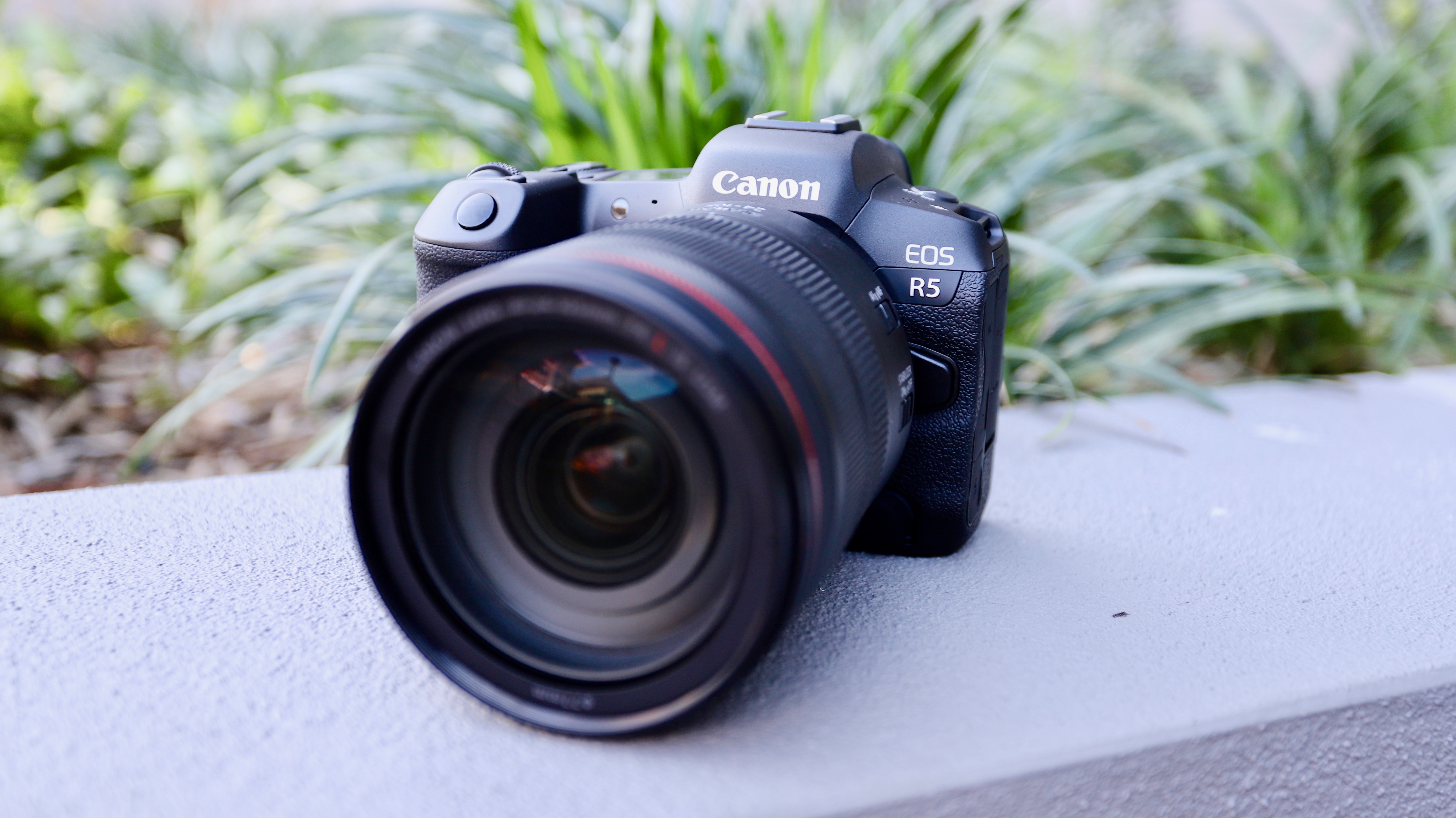
Canon created headlines with its first ever consumer-facing 8K full-framer, but that feature quickly became controversial due to the recording limitations. However, for a pro-level stills camera with some top-class video perks, the EOS R5 is a winner. With a 45MP sensor under the hood of this flagship, you're going to get impeccable image quality, and its class-leading autofocus – with a whopping 5,940 AF points – is one of the best in the business. It will also capture images at a blistering 20fps with its electronic shutter, with full AF/AE in play. So whether it's sports, wildlife, landscape or studio work, you can't go wrong with this snapper. There's also a high-resolution EVF to match, an intuitive control panel on the body and an easy-to-understand menu system that Canon is known for. And match it with any of Canon's new RF lenses and that's one of the best combinations a photographer might need – albeit a pricey one.
Read our in-depth Canon EOS R5 review

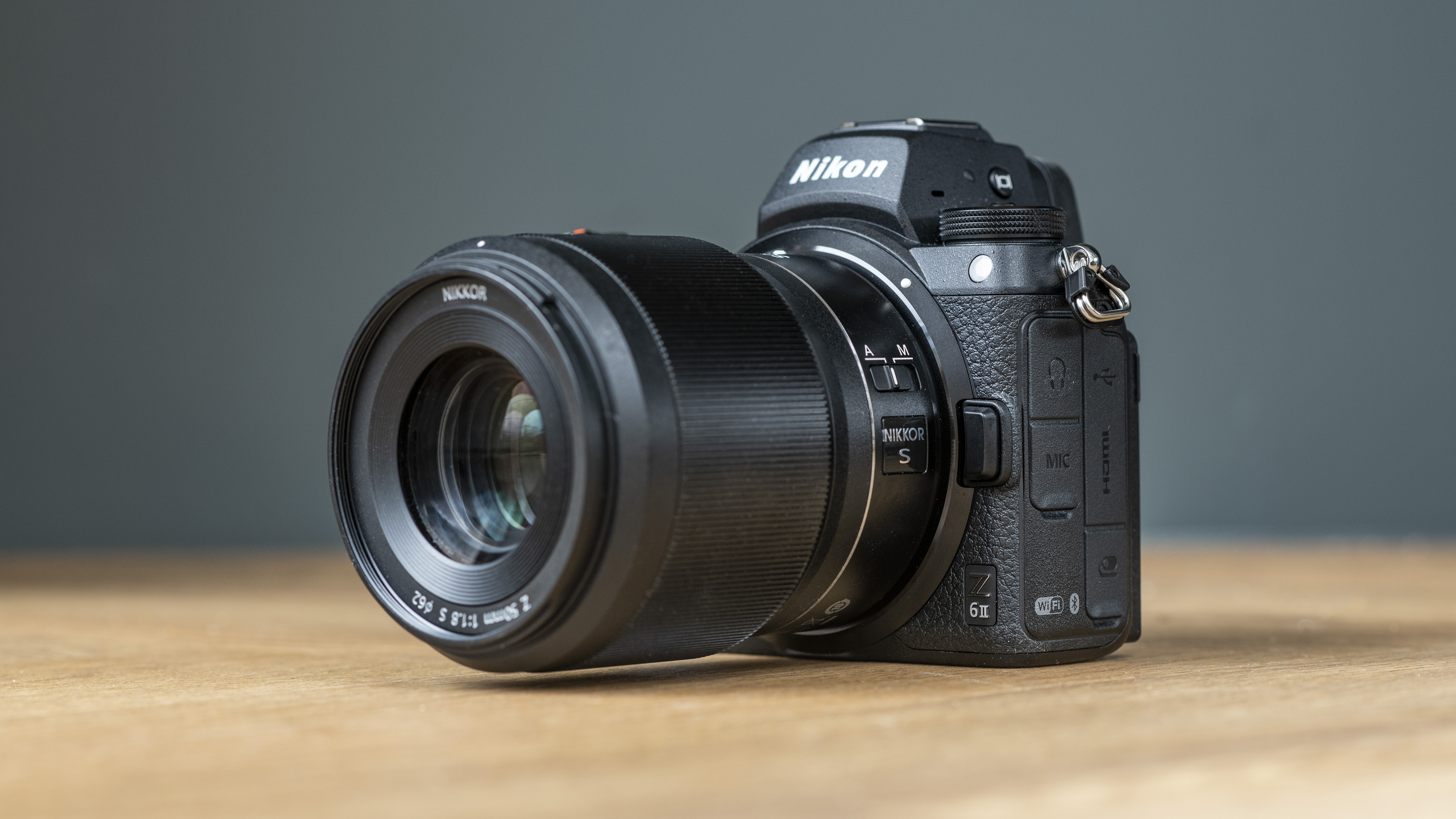
The original Nikon Z6 was our top pick for the best full-frame mirrorless camera ever since its launch in 2018. And while it's tempting to keep the second-gen model in top spot as well, it's only a minor upgrade. The Z6 II is physically identical to the older body, but the little changes made on the inside make the Z6 II a better camera. To start off with, there's now a pair of Expeed engines under the hood, giving the Z6 II a performance boost by bumping up burst rate to 14fps (from 12fps) and providing enough processing power for eye-AF for both humans and animals. In addition to the existing XQD/CFexpress card slot, you also get a SD UHS-II slot as well, and a firmware update has brought 4K/60p video recording capabilities to the camera. It's only because its AF capabilities aren't as competitive as that from Canon and Sony that we've dropped the Z6 II a little lower in our list, but it's still a solid performer and an excellent alternative to rivals like the Canon EOS R6.
Read our in-depth Nikon Z6 II review

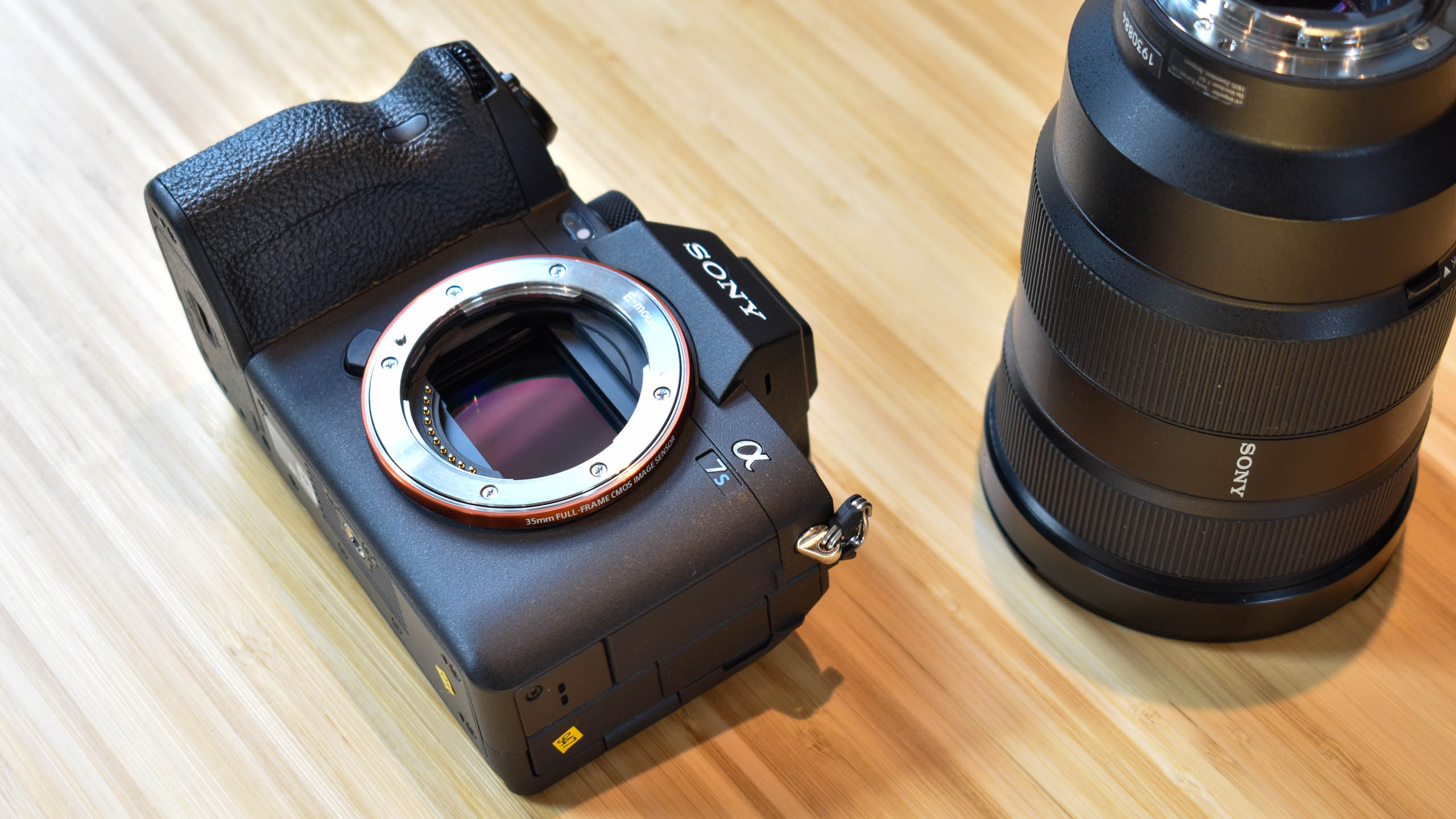
We had to wait five years between the A7S II and the A7S III but, as they say, good things come to those who wait. The third-gen video-centric full-framer from Sony is arguably the best option for enthusiast and professional video makers. It may not be able to match the EOS R5's 8K video or even the Lumix S1H's 6K prowess, but it's currently the only camera that can record 4K footage internally at 60fps with no crop, and with no limitations on recording time. Video specs aside, the A7S III is also the discerning photographer's camera too, despite its meagre 12MP stills. It is a pure hybrid, although there is the little matter of paying more for less resolution. But when you consider the benefits of the bigger pixels in terms of the dynamic range, the signal-to-noise ratio and the high ISO performance, the A7S III is unmatched in its low-light flexibility and performance. And with 10fps bursts, not only will it handle street photography marvellously well, it will manage just fine in the sports arena too.
Read our in-depth Sony A7S III review


The R in the name of this range of Sony cameras stands for "resolution", and you won't find anything higher than this in the full-frame category. Indeed, at 61 megapixels, it's pretty much medium format territory. All those juicy pixels give you a chance to realize the full optical excellence of Sony's premium G master lenses. This is the fourth iteration of the A7R, and the A7R IV builds on the foundations set out by the very popular A7R, A7R II and A7R III. There's crisp and impressive 4K video, effective five-axis image stabilization and a beautiful 5.76 million-dot viewfinder (the best on the market). Couple all of that with 10fps burst shooting, a hybrid AF system boasting a blistering 567-points, dual card slots, Eye AF and masses more and there's not much to dislike about this model. Battery life has even been improved when compared with the previous model, now offering 530 shots per charge (that's the CIPA rating, so no doubt you'll get even more from it). While we can't help but fall in love with the 61 megapixel files, you're definitely going to need some hefty storage options if you invest in this camera - while if you're computer is on the slow or old side, it may struggle to cope with processing the files. If you're keen to get the detail, but don't have the capacity, budget or supporting tech, it's worth checking out A7R IV's predecessor, which is still on sale.
Read our in-depth Sony Alpha A7R IV review

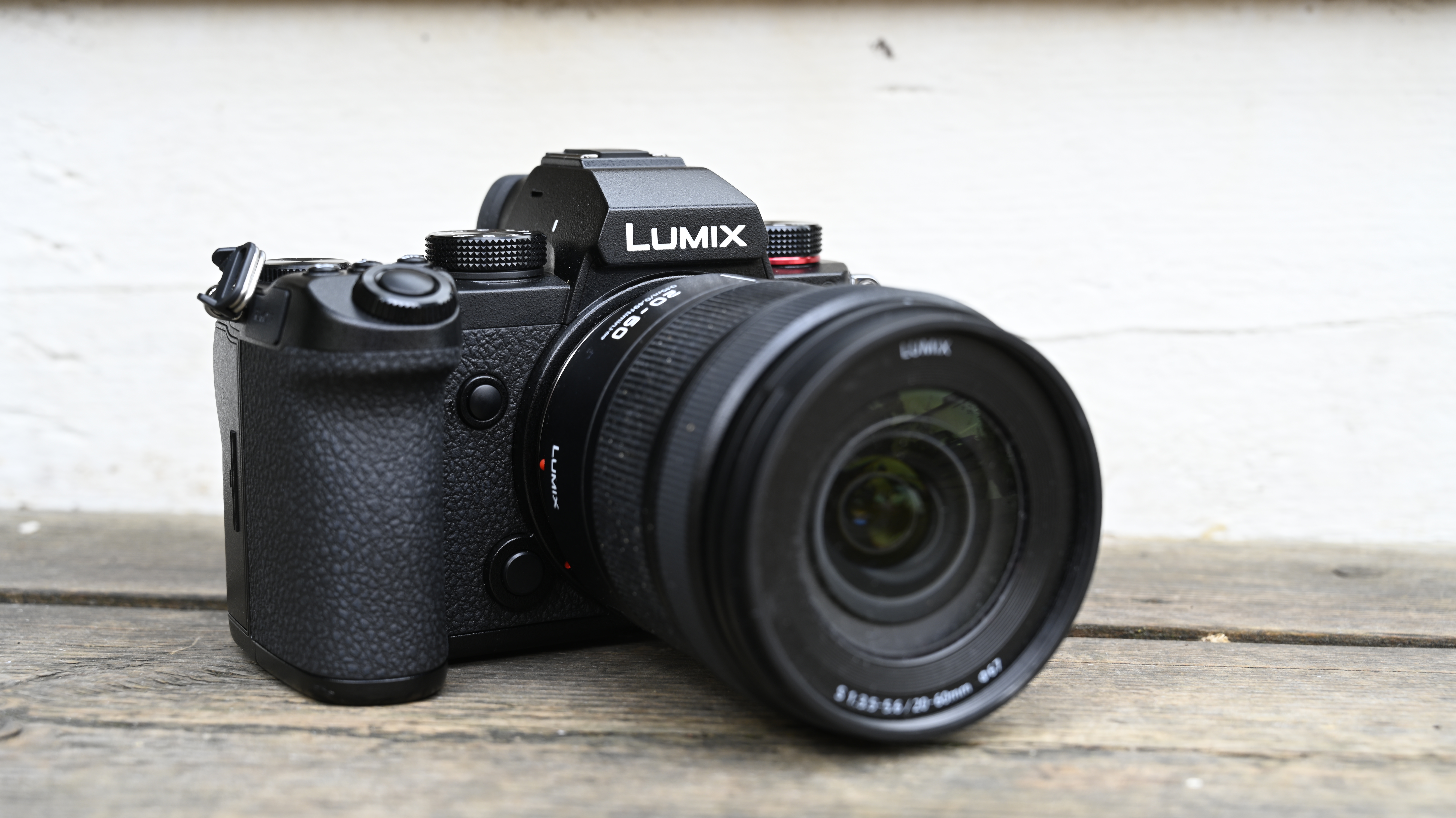
Panasonic's latest addition to its full-frame mirrorless range is smaller and more compact than the previous bodies, and yet brings plenty of the Lumix S1H's superb video prowess to the mainstream consumer market. But it's not just its video specs that make this a standout option – it's an extremely capable stills camera as well. It uses the same 24MP sensor as in the S1, but with improved autofocus performance. Alongside the great AF system, its color reproduction is beautiful and it handles noise really well too. There's 5 stops of image stabilization on board, a 96MP high-res multi-shot mode, and dual card slots for all the movies you want to capture. It's small size makes it a traveling content creator's dream, with support for anamorphic lenses as well. It's easy to use and the L-Mount Alliance means there are plenty of lens options to choose from. There's just so much going for the Lumix S5 that's hard not to list it here.
Read our in-depth Panasonic Lumix S5 review

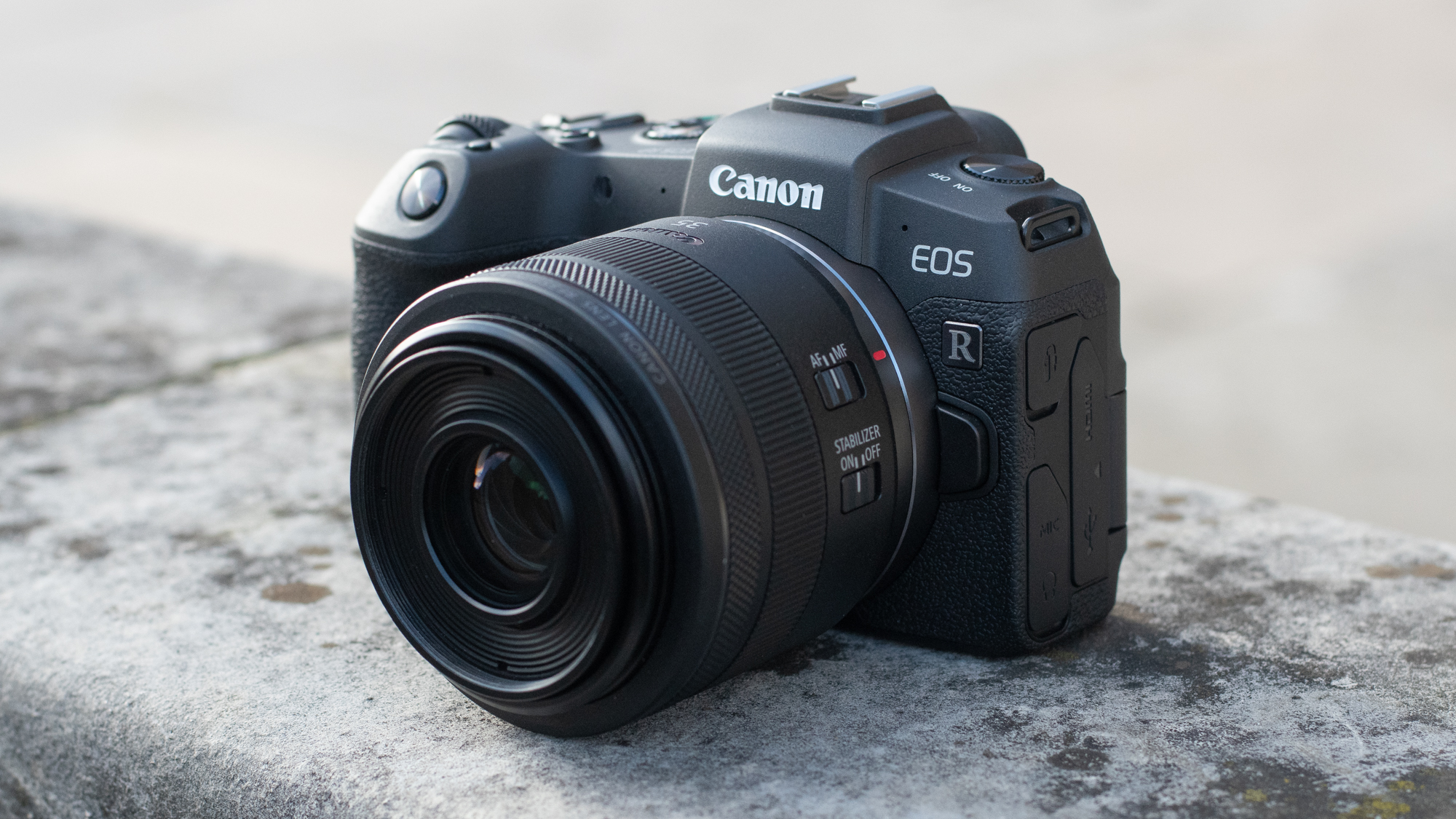
An alternative to the EOS R that arrived right at the start of Canon's latest mirrorless line, the EOS RP is simply a much better option for many more people right now. While not quite as powerful in some areas, it's smaller, lighter and a heck of a lot cheaper, and it's blessed with very good autofocus, a generous buffer and a great touchscreen that flips out all the way to face the front. It wouldn't be our first choice for video, and the current native lens selection is still somewhat limited (but growing all the time) and the best RF glass won't work as well with this camera, but you can use masses of EF lenses through an adapter. So it's a no-brainer for existing Canon users looking to make the switch to mirrorless without dropping a fortune in order to do so.
Read our in-depth Canon EOS RP review

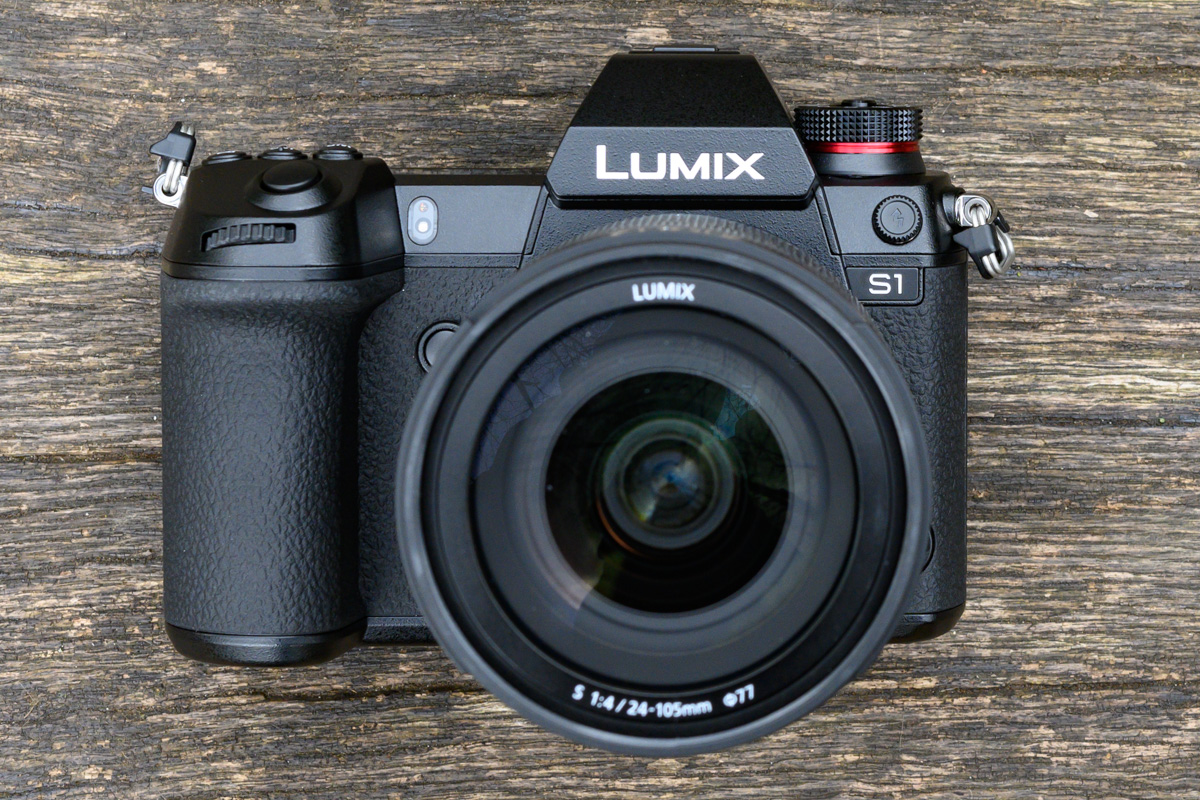
Kicking things off for Panasonic's S series, along with the S1R, the S1 is the more affordable option, but still packs some seriously impressive tech. There's the 24MP full-frame sensor that performs brilliantly when shooting stills and 4K video, together with a sensor-based image stabilization system that does exactly what it should, and does it well. Operation is swift, build quality is excellent, and it's no exaggeration to say that the viewfinder is stunning – it's definitely the best right now (the same unit is inside the S1R). It's just a little too big and heavy, and somewhat awkward to operate at times, while the autofocusing system is a touch behind the competition. But this is still a model that delivers far more to get excited about than many others manage to.
Read our in-depth Panasonic S1 review

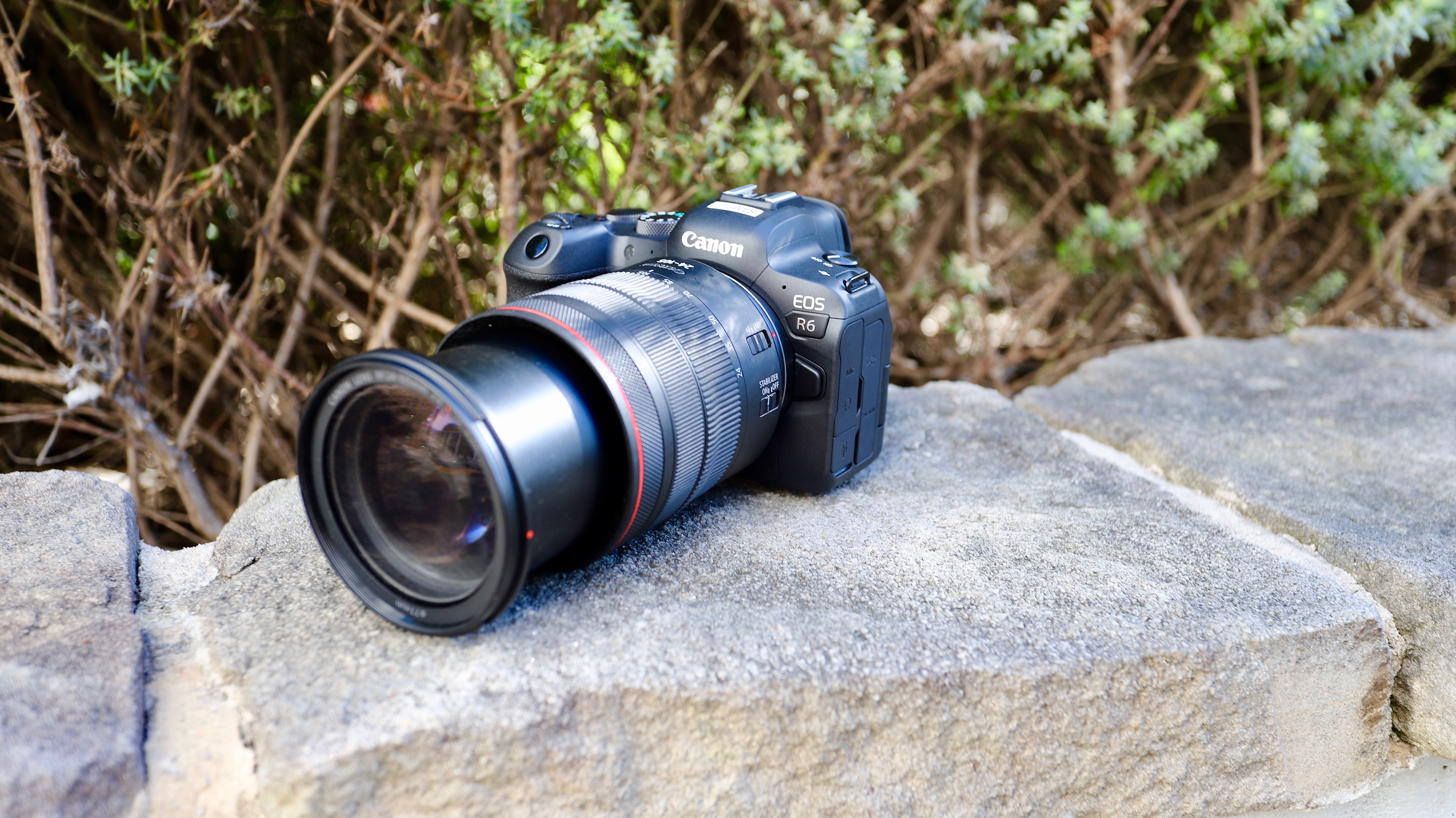
If you think the Canon EOS R5 (listed higher up on this list) is overkill, then the EOS R6 is a compelling alternative, considering you get almost all the class-leading features from the flagship model, with the exception of 8K video. It brings over the excellent AF performance from the Canon EOS 1D X Mark III sports DSLR (and the R5), with a staggering number of usable AF points, alongside one of the best image stabilization systems on the market. As a video camera, it's capable of shooting 4K/60p footage, but it does suffer from overheating – just like the R5 – so there are limits to the video clip lengths. But it's one of the best stills full-framers available today, although it might be a touch too pricey for some.
Read our in-depth Canon EOS R6 review

It's been labeled an entry-level camera but the Nikon Z5 offers a little more than just the basics. To start with, it comes with the same high-resolution EVF that's used in the Z6 and Z7 flagships, and also inherits the Z6's excellent 273-point hybrid AF system. What let's the Z5 down are specs that might not bother many entry-level users (the camera's target audience) – its 4.5fps burst speed is a little underwhelming, while a crop is applied to 4K video recording. So while this may not suit anyone keen on sports photography or vlogging, it's arguably the best beginner full-frame mirrorless camera for stills currently on the market. And, if you can pick it up during a sale, it'll cost you as much as Canon's EOS RP.
Read our in-depth Nikon Z5 review

Also consider...

This is the first time Leica has targeted videographers, packing the SL2-S with some excellent video specs, but its fixed screen can be a deterrent. Moreover, there's plenty of competition among the capable 24MP full-framers (some which are listed above), but none of them can match the SL2-S for the precision and quality of its build, which makes it a unique handling experience. It's got pared back controls, a feature set devoid of any frills and a no-nonsense interface, but you're never going to miss any of it with this camera. It's nowhere near as uncompromising as a digital M camera, but it's still unmistakably a Leica on many levels. The German brand has never melded tradition and technology quite so seamlessly and effectively, making the SL2-S a joy to use and hold. And given its relatively low price tag, it's hard to ignore the SL2-S here.
Read our in-depth Leica SL2-S review

What to look for in a full-frame mirrorless camera:
Many of these systems are still getting established, so what should you look for? There's obviously the sensor at the heart of the camera, but it's also worth looking at the current lens options available, and what lenses manufacturers have said are in development.
While Sony has been producing full-frame mirrorless options for quite a while now, others in this list are a lot newer to the game. That means that the lens and accessory line-up can be a little more limited - it's worth looking at what's currently available, at well as what is promised for the future.
There's not a lot of point in buying a great camera if the lenses you'd like to use don't exist or are out of your price range. You might also be able to use existing lenses from anything you're currently using, via an adapter, so it's always worth checking out the adapter situation too.
If you capture bursts of images frequently, make sure to check not only the burst rate but also the burst depth – the first spec tells you how many images you can shoot per second, while the second tells you how long you can keep shooting for in terms of the number of frames. Continuous focus may decrease these figures, so look out for that in the spec sheet too.
If you're somebody who shoots burst of images frequently - for example sports and action photographers - make sure you not only check the burst rate, but also the burst depth. The latter specification will indicate how long can you keep shooting for, and is also very important to consider. Continuous focus may decreases these figures, so keep an eye on that in the spec shoot, too.
For video-lovers, you may find that you'll be better served by a camera with a lower-resolution sensor rather than a very high pixel count one. Make sure to also check the shooting options you have in terms of video frame rates, as well as ports for microphones and headphones. If you do a lot of video shooting, you might want to check out our best 4K camera guide for more video-focused suggestions.
The design and resolution of electronic viewfinders (EVFs) and LCD screens vary considerably across these models. Some EVFs are large and detailed, others less so. The LCD screens also sometimes tilt, sometimes swivel and occasionally do neither, although almost all now are touch-sensitive – great for things like setting the focusing point.
- Best camera
- Best entry-level DSLR
- Best DSLR
- Best mirrorless camera
- Best 4K camera
- Best compact camera
- What camera should I buy?
- Mirrorless vs DSLR: 10 key differences
- Camera rumors

from TechRadar - All the latest technology news https://ift.tt/3vDWxLF

Comments
Post a Comment